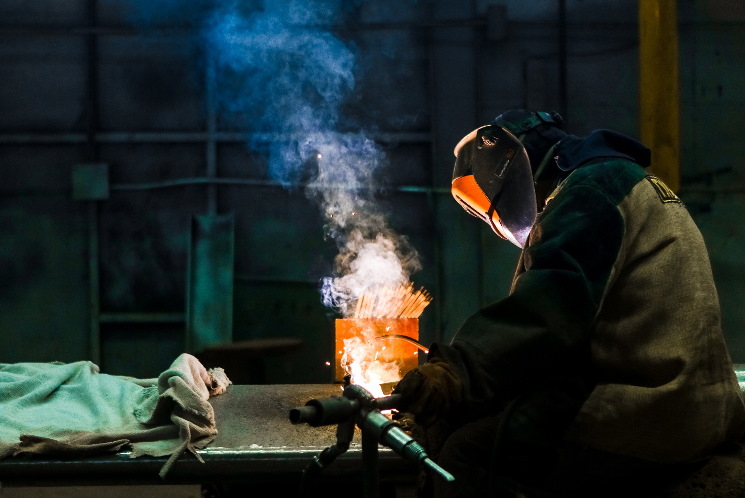What Does Metalworking Look Like Today?

Metalworking as its title would suggest is the working with metal in an effort to create individual parts. There is a vast array of different technologies being used within the industry to make all kinds of products to include the tiniest piece of jewelry ranging upwards to massive construction. Metalworking processes, for the most part, can be placed into three categories: cutting, forming, and joining.
Not to be forgotten is the widespread use of casting, however. This is a metalwork method where metal is poured into molds, cooled and solidified. These are among the most prevalent metalworking processes among the manufacturing industry in today’s market. Go to https://businessblogshub.com/2018/10/how-technology-is-changing-metalworking-businesses/ to see how technology is affecting metalworking.
-
Metal forming
-
Bending metal
-
Forging
-
Metal cutting
-
Joining
-
Casting
Forming Metal
Forming is the deformation of metal objects with the use of heat and mechanical loads, but there is no addition or removal of material. This process includes technologies of forging and bending.
Metal Bending
Ductile materials, oftentimes sheet metal, are used for this process which is typically used in specialized press machinery. A cost-effective process, metal bending, is used in lower to medium batch quantities. On a press brake, there are three types of bending including the most common of air bending, coining, and bottoming.
Forging
Forging is among the oldest of the metalworking processes that shape the metal with local compressive forces. In current times, forging is accomplished with specialized pressing equipment or hammers that have weights in the thousands of pounds. Forging is beneficial in the fact that a part produced in this process is stronger than being cast or machined. During the forging process, the metal becomes shaped and deforming of the internal grain texture takes place slowly going along with the basic shape of the part. Once finished, the product offers superior properties.
Cutting Metal
Tools are used in this process to remove some parts of the metal to give it the shape. This includes various technologies such as routing, CNC milling, and turning.
Machining
Machining is a collective term for a variety of different processes by which a piece of raw metal is manipulated into a specific shape and size using a computer-controlled tool. These techniques are generally identified as subtractive manufacturing rather than additive manufacturing or 3D printing which is responsible for building something from scratch.
Machining is typically associated with the processing of metal parts but can be used with a vast array of materials including wood, plastics, composites, etc. Routing, milling, and turning are the three prime machining processes.
-
Milling: A process where there is a rotation of the cutting tool and the cut edges are brought in to bear against the piece of work is called milling.
-
Routing: CNC routing can be viewed as being similar to milling with some machines performing almost identical tasks as that of a milling machine. The primary function is to engrave, cut, and carve objects from the workpiece. It’s basically a replacement for the typical hand-held router but with the aid of a computer-controlled process to take out the possibility for human error. CNC machine lubrication system offers another computer-controlled process in the metalworking using advances in technology.
-
Turning: This operation rotates the workpiece until the metal has been moved up against a cutting tool. Lathes are turning devices that are considered the principal machine tools.
Joining Metal
This process is merging multiple parts of a metal product through a method such as welding. In some instances, metal 3D printing techniques like DMLS and EBM can be construed as forms of welding.
Welding
This is a fabrication method based on joining materials by way of fusing, a combination of heat and pressure. In general, there is a filler added to form a welded joint. In some cases, this adds strength not given by the initial material. Despite this, the welding process needs to secure these metals from any type of contaminants or from oxidizing. Read more here about the welding process.
In each household around the world and throughout every working environment, metal plays a massive role in how people function. From their various household appliances and electrical light fixtures, desks and chairs, utensils, jewelry, anything you can imagine. Metal is the common stabilizing material that makes all the modern conveniences a possibility.


